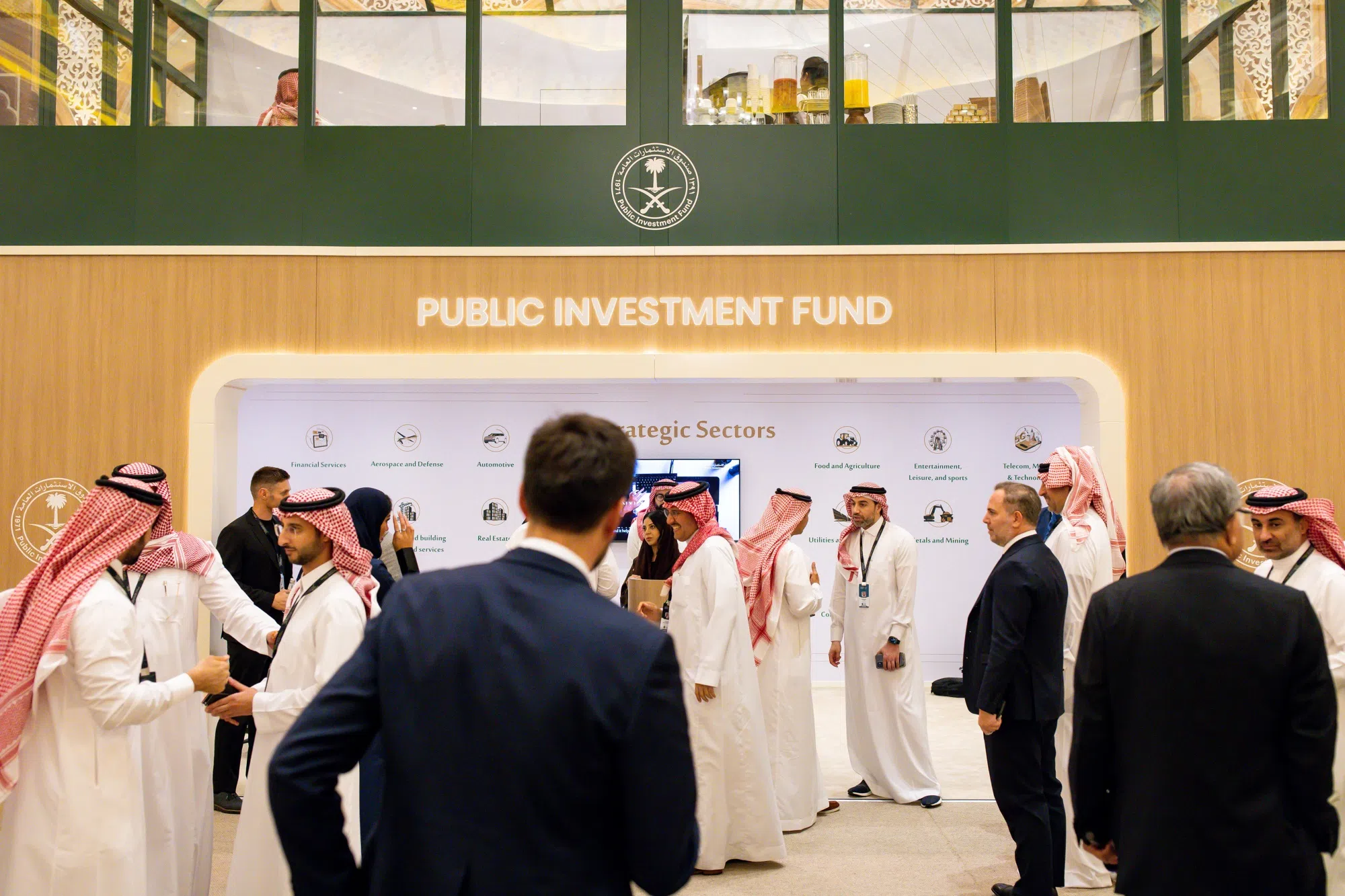[ad_1]
SEVERAL manufacturing companies that serve the technology industry delivered disappointing results last week, underscoring the fragility of the semiconductor sector’s recovery.
The most dramatic earnings decline came from AEM Holdings, which makes semiconductor test equipment. The company’s earnings for the first half of the year fell 95 per cent to S$895,000, from S$19.7 million in the year-ago period.
Revenue dropped 37 per cent to S$173.6 million, from S$275.2 million, due to weaker demand from a key semiconductor customer and “prolonged inventory digestion in the industrial sector”.
Also disappointing investors was semiconductor equipment maker UMS Holdings. Its earnings for the quarter ended Jun 30 slipped 20 per cent to S$9.3 million, from S$11.6 million.
Revenue declined 25 per cent to S$56 million, from S$74.4 million, with the biggest drop of 29 per cent coming from the semiconductor segment. The group’s aerospace segment actually reported a 5 per cent increase in revenue.
Should investors be worried?
BT in your inbox

Start and end each day with the latest news stories and analyses delivered straight to your inbox.
The global semiconductor industry, which had slumped last year, is on the mend. Earlier this month, the Semiconductor Industry Association announced that global semiconductor industry sales totalled US$149.9 billion in Q2 2024. This represented an 18.3 per cent increase year on year and a 6.5 per cent rise quarter on quarter.
Some of the world’s biggest semiconductor companies are already seeing the effects of that recovery. Taiwan Semiconductor Manufacturing Company, the world’s largest independent chipmaker, in July reported revenue growth of 45 per cent.
Applied Materials, the largest US semiconductor equipment maker, last week posted results that beat analysts’ estimates. Revenue for Q3 ended Jul 28 came to US$6.78 billion, above an average estimate of US$6.67 billion, while adjusted earnings per share came in at US$2.12, beating a market estimate of US$2.02.
Why hasn’t this recovery trickled down to Singapore-listed companies yet? One reason could be that companies sit at different positions on the semiconductor supply chain, which means it may take more time for some companies to benefit than others.
UMS, for instance, noted that its revenue from its semiconductor segment had increased 1 per cent quarter on quarter.
Another reason is that the rate of recovery varies by the end customer. Singapore’s companies serve the larger semiconductor players, whose fortunes have been mixed.
Intel, known to be a major customer of AEM, is on a cost-cutting drive as it tries to recover from one of its worst set of financials in its 56-year history.
AEM said quarter-on-quarter revenue growth can be expected in Q4, but added that this would be driven by “new customer business growth”.
Singapore-listed technology manufacturers – the likes of AEM and UMS – are the only domestic plays on the red-hot artificial intelligence (AI) investment theme (unless one includes telco Singtel for its data centres).
Unfortunately, the performance of the sector has been patchy. AEM and UMS – once the largest stocks in this space by market capitalisation – have been underperforming. AEM, which at one point was worth over S$1.6 billion, is now valued at less than S$400 million.
This earnings season, it has been the smaller players that have delivered. Frencken Group, a semiconductor equipment manufacturer with a market cap of S$589.4 million, reported a 50.3 per cent increase in earnings for H1 2024.
Grand Venture Technology, a test equipment manufacturer with a market cap of S$186.6 million, reported a 26.6 per cent rise in earnings for H1 2024. Ricky Lee, executive deputy chairman, told The Business Times after the release of the results that the company has been “progressively advancing” its engagements with key semiconductor customers given expectations of a recovery beginning in Q4.
AI and the adoption of technologies are expected to drive demand as the industry gradually recovers from the ongoing downcycle, he said.
This uptick will take some time, though. “While we expect early signs of recovery towards the end of 2024, the true acceleration is expected only in 2025,” Lee added.
Last week, Enterprise Singapore announced that the Republic’s non-oil domestic exports rose 15.7 per cent in July – far in excess of economists’ expectations for a 1.2 per cent rise.
DBS economist Chua Han Teng noted that this was the first and largest increase since January 2024, and Barclays senior regional economist Brian Tan said the figures are reflective of a semiconductor upcycle that is broadening out of South Korea and Taiwan into South-east Asia.
Electronics exports gained 16.5 per cent in July, reversing the previous month’s 9.5 per cent drop.
Those numbers bode well, provided investors remember that electronics exports data has always been lumpy. Being willing to play the long game will be key.
This story first appeared in the Aug 19 issue of Big Money, a weekly subscriber-only newsletter published every Monday. To receive Big Money directly in your inbox, get a subscription to The Business Times here
[ad_2]
Source link




